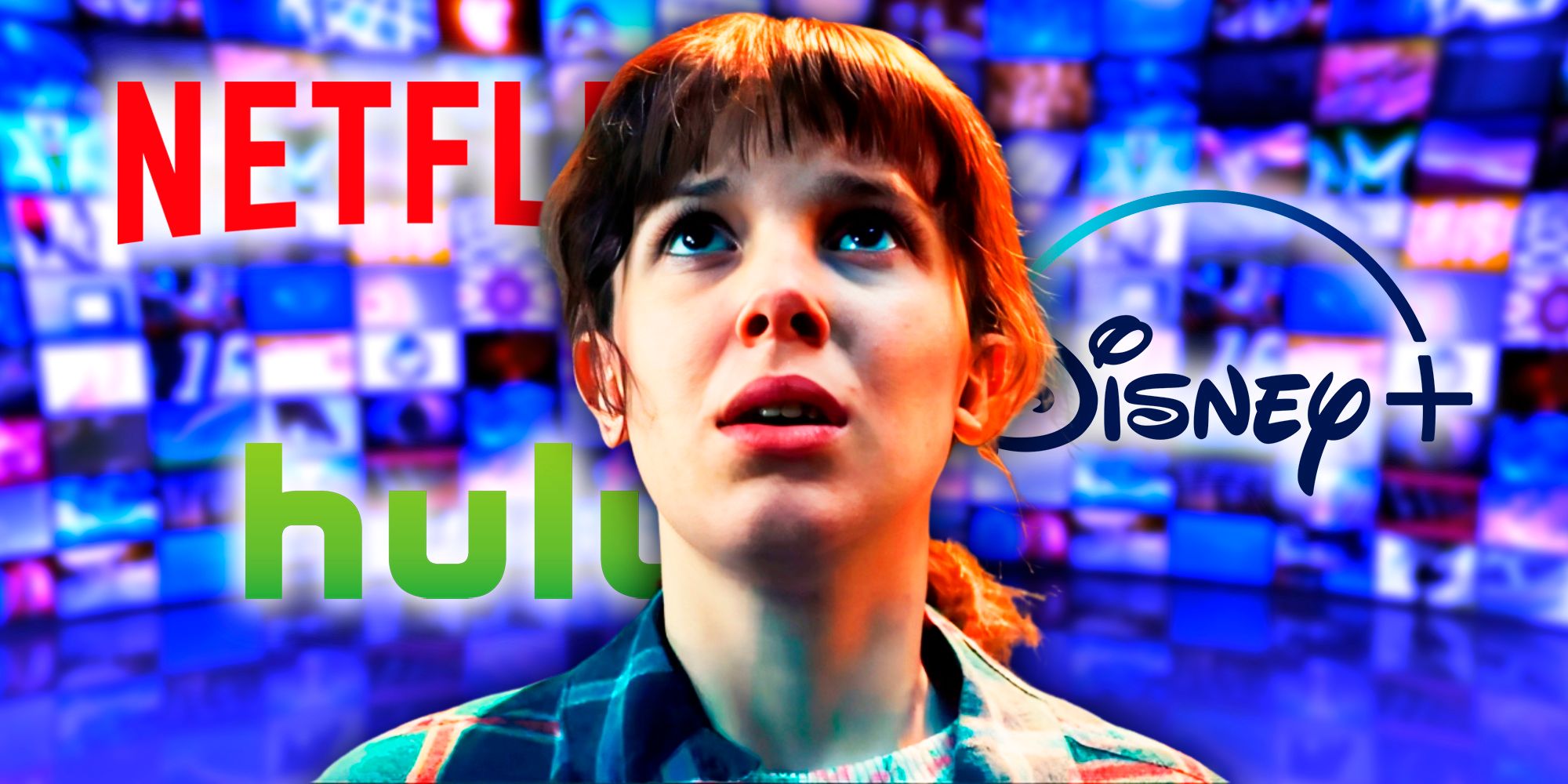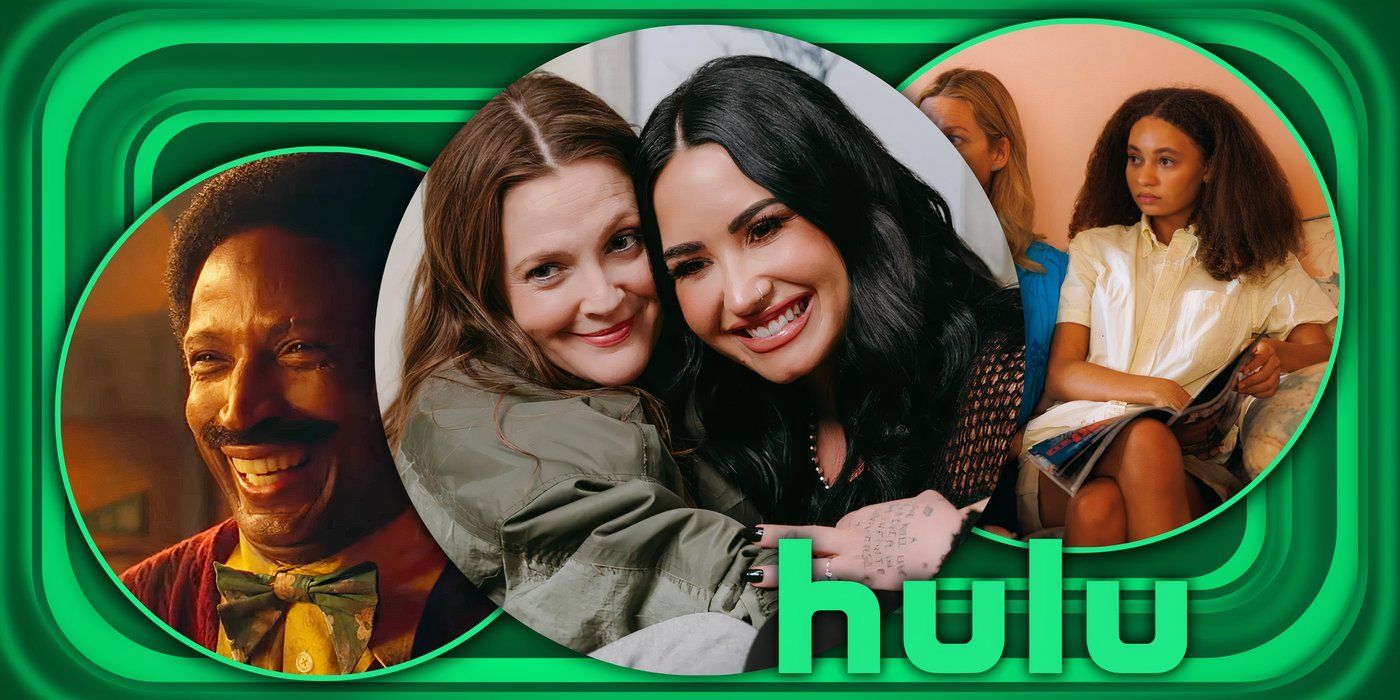After being one of the most astounding revolutions of the entertainment industry in the 2010s, streaming services are becoming more divisive in the 2020s. With the increased capabilities of the internet in the 21st century, having the option to stream movies and TV shows from home permanently changed the game for visual media. Netflix, which began as a subscription service for mailing DVDs, was the first site to begin offering original content with House of Cards in 2013. This innovation eventually mitigated the need for cable television, as Netflix’s best shows offered both superior and more affordable options.
In 2019, the “streaming wars” fully kicked off, with several other companies finally throwing their hats in the ring. Netflix dominated the streaming industry for almost a decade, with Hulu and Prime Video constantly trailing behind. After the release of Disney+, however, other major studios realized they could profit from streaming their own content rather than renting it to Netflix. Max, Paramount+, Peacock, Apple TV+, and more have since been released, offering their own original content, and therein lies part of the problem.
5
Too Many Streaming Services
There’s Too Many To Keep Track Of
The initial appeal of Netflix was that, for a low price each month, subscribers had access to a vast library of movies and TV. Even with the additions of Hulu, Amazon Prime, and something like HBO Go (HBO’s video-on-demand service), the monthly cost was still well under the payment for cable television.
Related
Hulu’s New Thriller Is Quickly Becoming The Frontrunner To Replace Silo While Waiting For Season 3
Hulu’s new action thriller series looks to be a great replacement for Apple TV+’s acclaimed sci-fi drama Silo with its similar dystopian setting.
With several new services in play, accessing everything costs more than cable and requires subscribers to weed through several different websites and apps in order to find their desired content. For someone looking for a quick and easy watch, without much research, the process is way more convoluted than it was a decade ago.
4
Price Increases
Every Streaming Service Has Increased In Cost
Beyond the sheer quantity of streaming services, each has seen consistently increasing prices. Netflix’s original streaming-only subscription cost was $7.99 in 2007, and though the service is still available for that price, it now involves advertisements and lower video quality. January 2025 saw another price spike for Netflix, now costing $24.99 per month for maximum video quality and an ad-less experience. That’s over 300% of the original cost.
|
Netflix |
Hulu |
Max |
Paramount+ |
|---|---|---|---|
|
Standard w/ ads: $7.99 |
Hulu w/ ads: $9.99 |
Basic w/ ads: $9.99 |
Standard w/ ads: $7.99 |
|
Standard: $17.99 |
Hulu w/o ads: $18.99 |
Standard: $16.99 |
Ad-free w/ Showtime $12.99 |
|
Premium: $24.99 |
Premium: $20.99 |
Netflix is the usual culprit that streaming subscribers take their frustrations out on, but every major service has seen price jumps. Most services have tiered options centered around ads, video quality, and more, and the price jumps typically affect all tiers at once. Even bundled costs like Disney+ and Hulu’s shared value have seen increases. The increased competition seems to have created problems for each service, as their original content isn’t reaching the viewership to uphold itself.
3
Excessive Adverts
Ads Are The Only Way To Make Streaming Cheap
Ads are bearable and often worth the discounted price, but it’s frustrating nonetheless when the initial appeal of streaming was ad-free television.
Adverts have always been part of the business model for Hulu, which initially worked as a nice balance for the lower price compared to Netflix. Now, it’s practically necessary to have ads in order to pay a decent price. Ads are bearable and often worth the discounted price, but it’s frustrating nonetheless when the initial appeal of streaming was ad-free television. Typically, an hour of television on streaming will have 4-5 minutes of ads, though it varies based on the title and platform. It’s not an egregious amount, but compared to what these sites used to offer, it’s still notable.
2
Longer Gaps Between Seasons
Many Shows Take 2+ Years Between Seasons
Though network shows were typically of a lower quality, fans could often expect over twenty episodes per season of their favorite shows. This accounted for some excellent material, be it Lost, Seinfeld, or The X-Files. Now, some shows are offering 6-8 episodes per season with two years or more between seasons. Euphoria and Stranger Things are two of streaming’s most popular series, both of which are notoriously late in delivering their latest seasons.
The prequel show House of the Dragon saw its second season release with 8 episodes after a two-year wait, while Game of Thrones used to release 10 per year. The longer waits are typically for CGI and to accommodate the schedules of higher-billed movie star actors, but it still ends up being a source of annoyance for those who subscribe to a streaming service for one or two of its shows.
1
Lack Of Quality Control
Streaming Quality Has Gone Down
The quality of the content is one of the main reasons for jumping from network TV to streaming services, but it’s rarer and rarer for shows to land successful material. Sure, there are phenomenal ongoing shows like Severance and Shogun that are worth tuning in for, but no service offers consistent quality year-round to make an annual price reduction worthwhile.
Netflix, in particular, has been consistently criticized for developing quantity over quality, as well as frequently canceling programs after one season for poor viewership. The Golden Age of Television is arguably finished, especially with the pandemic and the 2023 Hollywood strikes devastating the industry.









